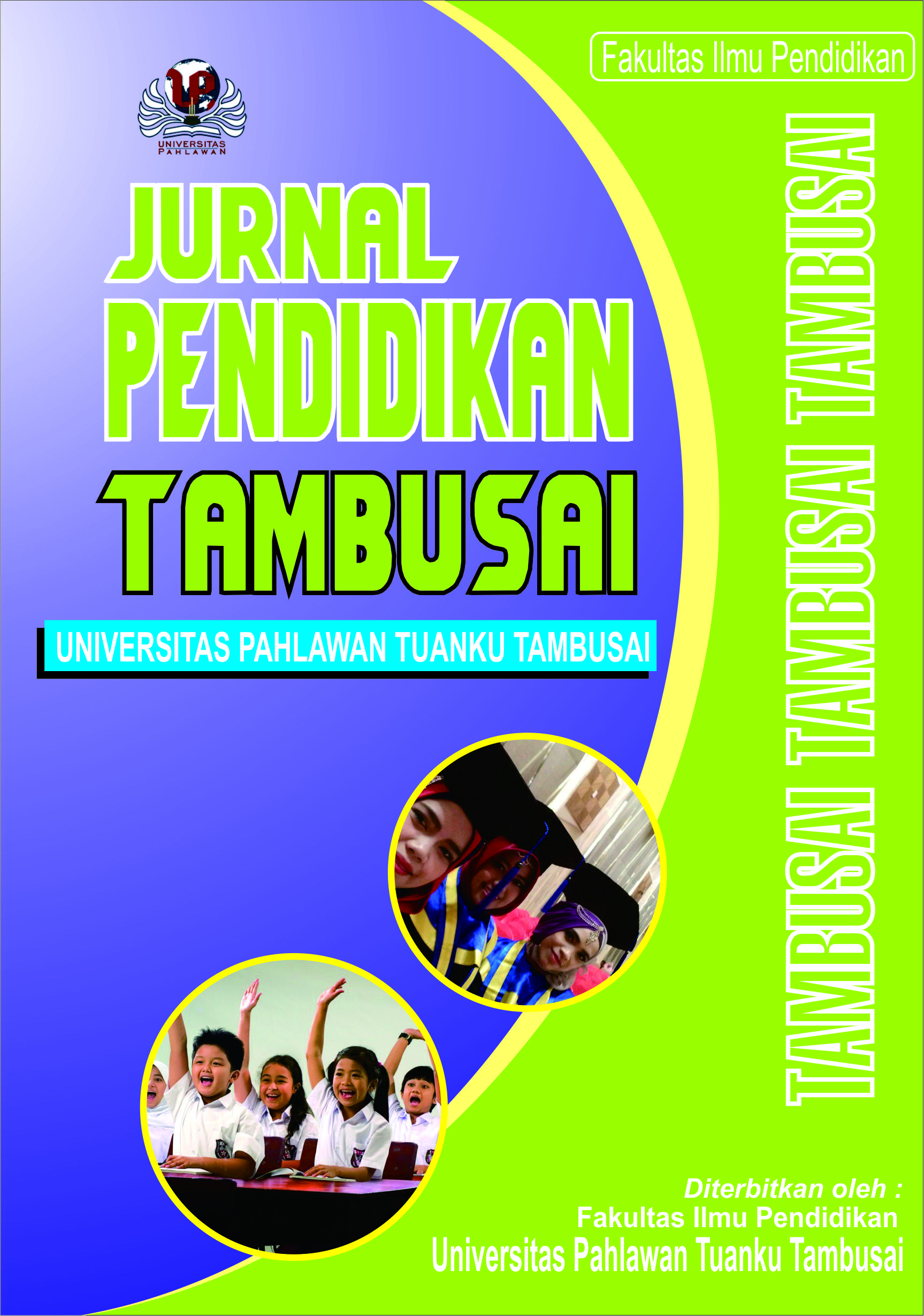Analisis Pembelajaran pada Siswa ABK dengan Ketunaan Disgrafia & Disleksia Di SDN Karawaci 5 Kota Tangerang
DOI:
https://doi.org/10.31004/jptam.v7i3.12064Keywords:
Kesulitan Belajar, Disgrafia, Disleksia, Anak Berkebutuhan KhususAbstract
References
Aulina, C. N. (2019). Metodologi Pengembangan Bahasa Anak Usia Dini. Umsida Press, 1–107.
Della Paramita, L., Nurfadhillah, S., & Sa’odah, S. (2021). Analisis Kesulitan Belajar Anak Disgrafia Pada Mata Pelajaran Bahasa Indonesia Di Kelas IV SDN Karang Tengah 5 Kota Tangerang. Berajah Journal, 2(1), 133–138. https://doi.org/10.47353/bj.v2i1.66.
Munawir dkk. (2003). Pendidikan Bagi Anak dengan Problema Belajar. Solo. Tiga Serangkai Pustaka Mandiri.
Santrock, J. W. (2012). Life Span Development : Perkembangan Masa Hidup Jilid I. (B. Widyasinta, Jakarta: Penerbit Erlangga.
Thasliyah, D., Lasmi, A. D., & Wiguna, V. V. (2022). Pengaruh Disleksia Terhadap Perkembangan Anak. Jurnal Ilmiah Universitas Batanghari Jambi, 22 (1), 445. https://doi.org/10.33087/jiubj.v22i1.1781
Downloads
Published
How to Cite
Issue
Section
Citation Check
License
Copyright (c) 2023 Septy Nurfadhillah

This work is licensed under a Creative Commons Attribution-ShareAlike 4.0 International License.
Authors who publish with this journal agree to the following terms:
- Authors retain copyright and grant the journal right of first publication with the work simultaneously licensed under a Creative Commons Attribution License that allows others to share the work with an acknowledgement of the work’s authorship and initial publication in this journal.
- Authors are able to enter into separate, additional contractual arrangements for the non-exclusive distribution of the journal’s published version of the work (e.g., post it to an institutional repository or publish it in a book), with an acknowledgement of its initial publication in this journal.
- Authors are permitted and encouraged to post their work online (e.g., in institutional repositories or on their website) prior to and during the submission process, as it can lead to productive exchanges, as well as earlier and greater citation of published work (See The Effect of Open Access).



